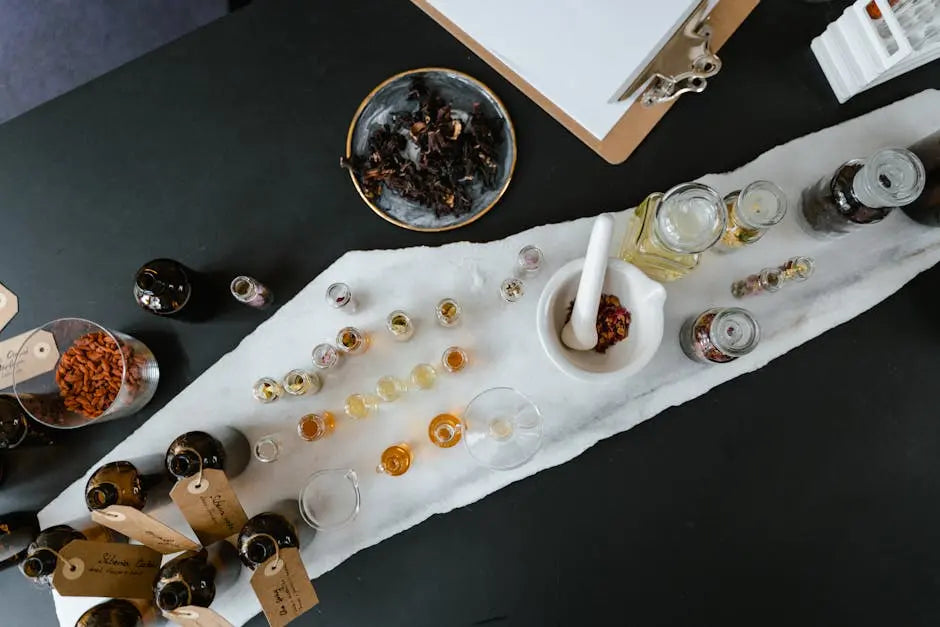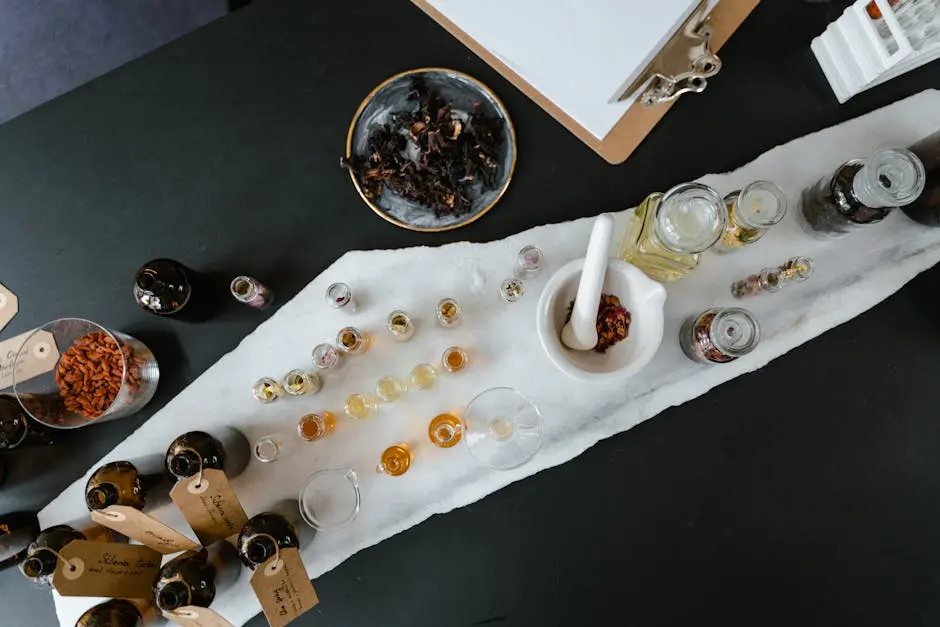
What Should I Know About Choosing High-Quality Plant Extracts?
Share
If you’re delving into the world of plant extracts, you’re probably wondering how to choose the best ones for your needs. With so many options available, it’s important to recognize what constitutes a high-quality plant extract. In this guide, we’ll walk through the essential factors to consider, making the selection process a breeze.
Understanding the Importance of Purity
Purity is paramount when it comes to plant extracts. A pure extract preserves the integrity of the plant’s active ingredients, which can be crucial for its effectiveness. Learn how to discern pure extracts from those with unwanted fillers.
The concept of purity might initially seem complex, but it’s about ensuring that the extract is as untouched by additives or contaminants as possible. For instance, many manufacturers might add fillers to bulk up the extract, which dilutes its effectiveness. It’s crucial to verify that the extract has been tested by third-party labs for contaminants such as heavy metals or pesticides, which can be harmful to health.
Consider the Source and Sustainability
Knowing where your plant extracts come from can significantly impact their quality. Sustainable sourcing ensures that the plants are harvested responsibly and ethically. Discover tips on identifying reputable sources.
In today’s world, being conscious of sustainability is essential. Sourcing plants responsibly not only supports the environment but also tends to result in higher-quality extracts. Companies that prioritize sustainable practices are likely to follow stringent guidelines for harvesting and processing plants. Checking if the source is certified by recognized organizations is a great starting point to ensure you’re supporting sustainable practices.
Review Extraction Methods
Extraction methods can vary widely and affect the quality of the plant extract. Some methods preserve the active compounds better than others. We’ll explore the different techniques and what they mean for your choice.
Common extraction methods include solvent extraction, steam distillation, and cold pressing, each offering different benefits. For example, steam distillation is often used for essential oils and helps retain the aromatic compounds that contribute to the oil’s therapeutic properties. On the other hand, cold pressing is ideal for oils that need to maintain their complete nutrient profile. Understanding these methods can guide you toward selecting the most effective extract for your needs.
Evaluate Labels and Certifications
Labels often provide insight into the quality of the product. Certifications can also indicate adherence to safety and quality standards. Learn what to look for on labels and why certifications matter.
When choosing plant extracts, scrutinizing labels can provide a wealth of information. Look for information such as the concentration of the active ingredient and the absence of artificial additives. Certifications from recognized bodies, like USDA Organic or GMP (Good Manufacturing Practice), ensure that the product meets rigorous quality and safety standards. These certifications act as a seal of trust, indicating the manufacturer’s commitment to quality.
It’s also useful to be aware of any claims made on the product packaging. Terms like ‘pure,’ ‘natural,’ and ‘organic’ should only be taken seriously if they’re backed by the necessary certifications. This vigilance helps in selecting products that truly deliver what they promise, ensuring both efficacy and safety.
Making Informed Choices in Plant Extracts
Choosing high-quality plant extracts can seem overwhelming, but by understanding the key aspects such as understanding purity, checking sourcing and sustainability, reviewing extraction methods, and evaluating labels and certifications, you’ll be well-equipped to make informed decisions. These steps will ensure you select the best extracts that are both effective and safe.
